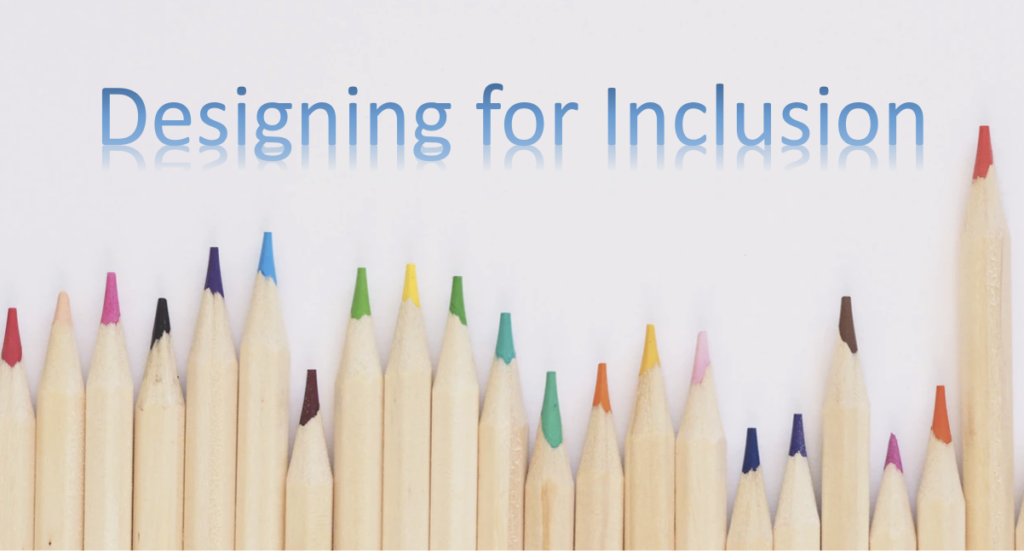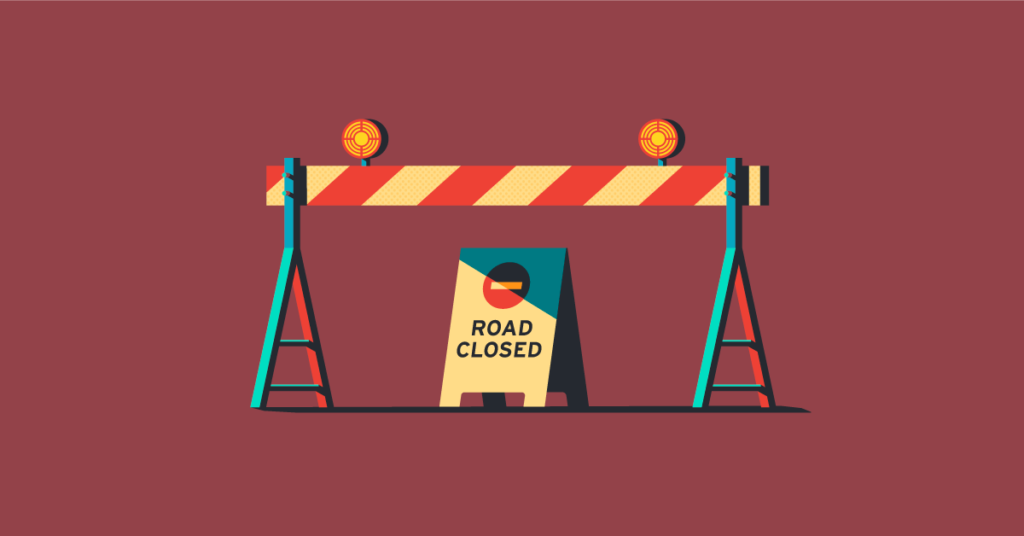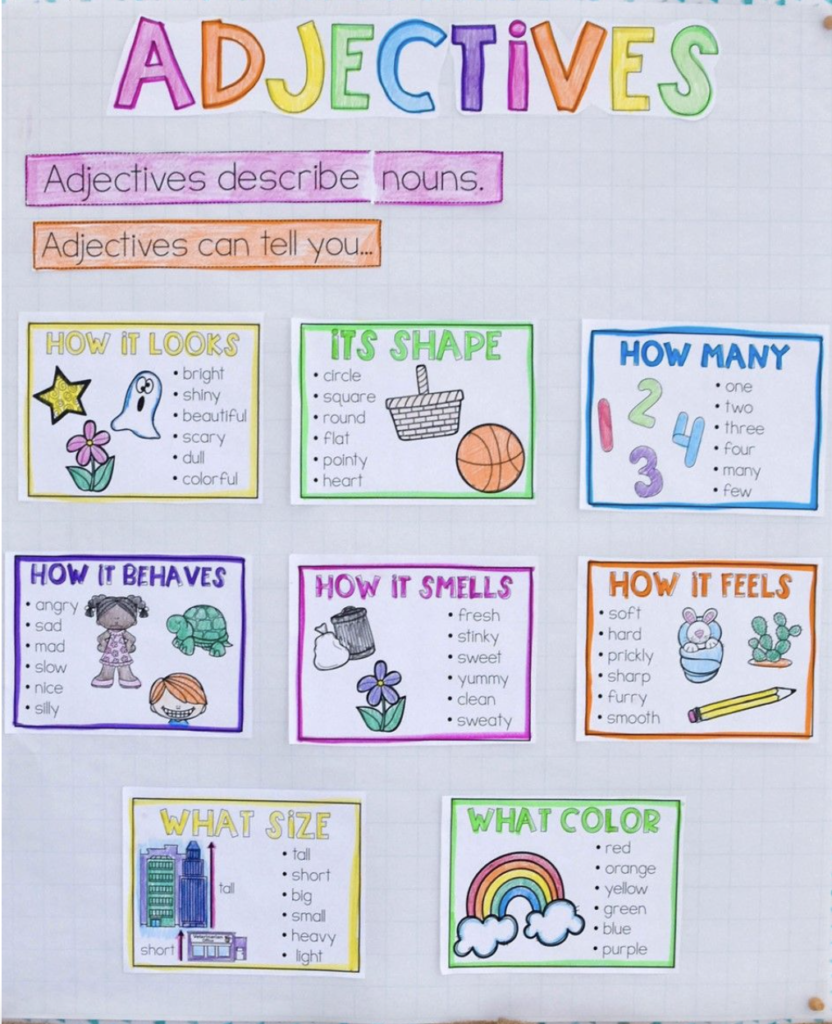
Universal design for learning is the idea of designing with the awareness of potential barriers in mind. It is going into planning with the mindset of “how can I create the least number of barriers possible in order to make this effective for everyone?” Thinking back, I remember there was a time in high school where I had an accident at volleyball practice that left me with a scratched cornea. I went to my history class the following day and I was having a hard time seeing the pictures that were displayed on the board with our lecture notes. As a result, I felt like my ability and opportunity for learning drastically decreased. My teacher was very understanding and later printed me out a copy of the notes and pictures so I could view it up closer with less harsh light, or view it when my eye healed; however, in the moment I felt so hopeless. Imagine someone who has to manage with something like this all the time. Imagine someone who just learns differently. It is not that I did not have capacity or ability to understand the material, but the way in which it was presented to me in that moment was a barrier.
If you have time take a look at the TedTalk by Michael Nesmith. It does a great job explaining what the Universal Design for Learning is all about and why we need it.

When creating a lesson, we need to consider the potential barriers that can obstruct the success of individuals. How can we create lessons and content that is accessible to everyone? Originally, I had never thought of creating with the idea of barriers in mind; however, now that I am using this mindset, I think there are various things my group could put in place to help reduce barriers in our blueprint. In order to portray this in a clear way, I will go over the UDL pillars of engagement, representation, and action and expression in their own paragraphs below.
To begin, I would like to start with the pillar of engagement. The pillar of engagement refers to providing, “…a variety of pathways into the learning environment and supporting self-efficacy.” (James, 2021). I want to start with this pillar as to me, it is the foundation of the learning environment. The engagement pillar is critical as it covers things like student engagement, the classroom atmosphere, motivation, and self-regulation. I feel my group has done a really good job establishing a basis for optimizing individual choice, scaffolding, and providing mastery-orientated feedback; however, there are a couple of things in this section that I had not considered before. The first thing that I think is important is to, “Minimize threats and distraction.” (CAST, 2018). As a group, we may need to consider ways to ensure this is in place, especially if we want to do a writer’s workshop in the unit. In order for a writer’s workshop to be effective, students need to feel safe and comfortable and trust their classmates and classroom environment. If they do not feel safe, there is a good chance they will not be willing to fully participate and share their work. In addition, another change we recently made (based on the recommendation of Heidi) was adding in a self-assessment piece in order to support the check points around motivation, self-regulation, and developing self-assessment and reflection. I think with this now in place, we have a much stronger assessment section and are working towards tearing down potential barriers.

Next, we have the representation pillar. Although I feel my group has done a good job covering a lot of the checkpoints in this section, the perception, as well as the language and symbols section, have sparked some ideas for things we may want to add in. The main thing I think we should consider adding is an anchor chart that has various examples of adjectives paired with a symbol or picture. This allows for clarification of vocabulary, as well as alternatives for both visual and auditory information, all of which have their own individual checkpoint in the UDL Guidelines (CAST, 2018). This could work in tandem with my comment in the engagement section about creating a safe classroom environment and fostering community and collaboration. By working as a class at the beginning of the unit to create this anchor chart, we can, “Involve all participants in whole class discussions” and “Create an accepting and supportive classroom climate.” (CAST, 2018).
Finally, when considering the action and expression pillar, there are a collection of things that I think could be added to help promote learning. One of the most important things that stood out to me in section is the need to, “Vary the methods for response and navigation.” (CAST, 2018). A lot of my groups current blueprint centers around physically writing out information. It may be good for us to consider alternative ways for students to represent their knowledge such as using technology or speaking to convey their understanding. This would also satisfy the, “Optimize access to tools and assistive technologies.” (CAST, 2018) checkpoint by offering access to things like keyboards, alternative keyboards, speech-to-text options, and more. By instilling this into our blueprint, we would be providing students with the opportunity to show their learning in various ways while also encouraging and supporting the “Use [of] multiple tools for construction and composition.” (CAST, 2018). This supports their growth in multiple areas, provides practice with various tools, and better prepares them for their future.
Overall, the UDL guidelines are a reference worth considering when planning in order to create lessons, tools, and an environment that lifts everyone up. When we try to create something with minimal barriers, we benefit not just those who need it, but everyone around us. This is the power of designing for inclusion.
References:
CAST (2018). Universal Design for Learning Guidelines version 2.2. Retrieved from http://udlguidelines.cast.org
James, Heidi. (2021, May 5). Universal Design. EDCI 335 – Learning Design for Technology-Mediated Environments. https://edtechuvic.ca/edci335/universal-design/
Nesmith, M.A. (2016, October 13). Why We Need Universal Design [Video]. TED. https://tedxboulder.com/videos/why-we-need-universal-design
Photo Credits: Header photo by Jess Bailey on Unsplash
